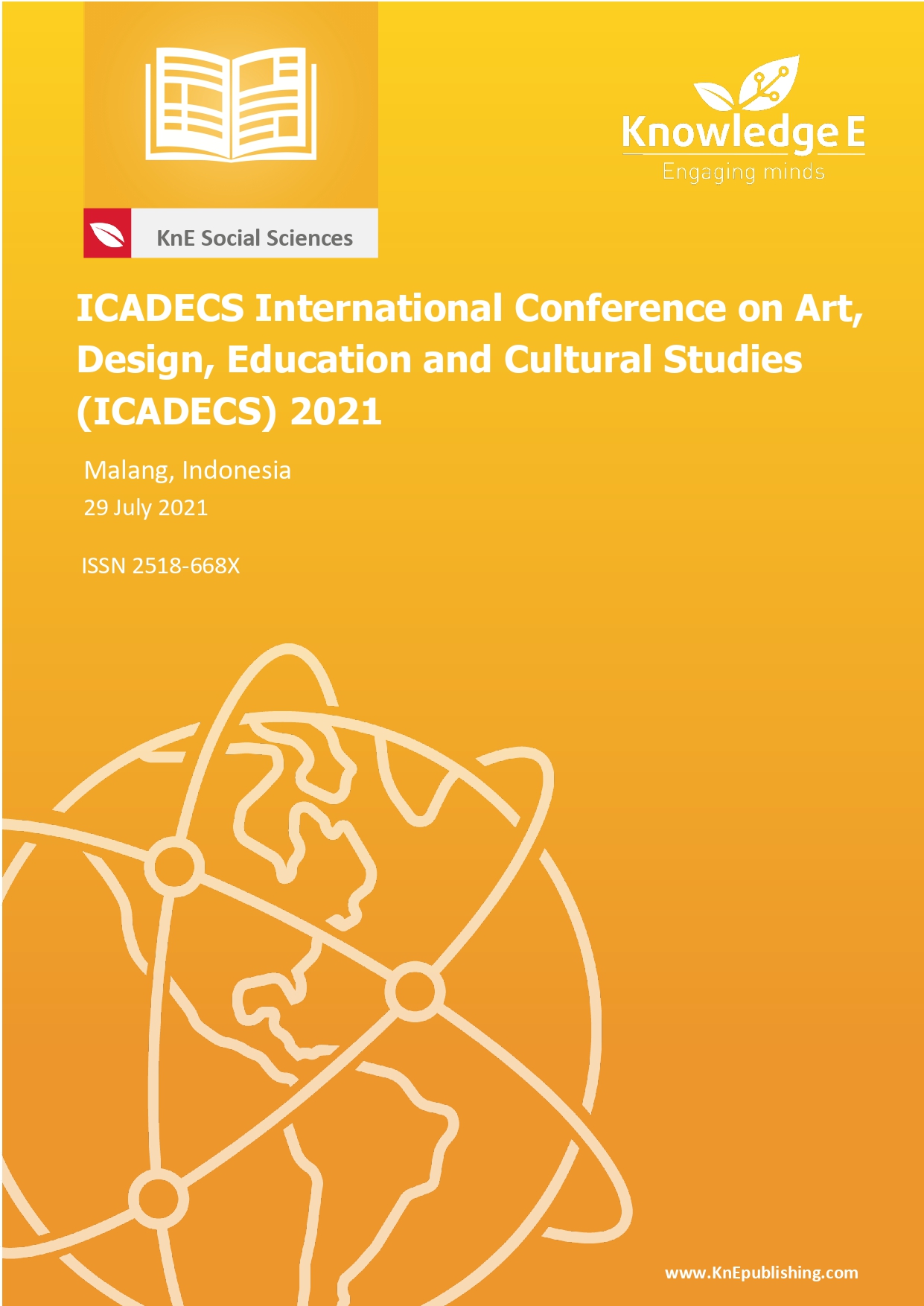Collaborative Practices in the Secondary Curriculum for Cultural Sustainability
DOI:
https://doi.org/10.18502/kss.v7i13.11640Abstract
This paper examines how collaborative practices in the secondary art and design classroom can be formulative in the sustainability of cultural beliefs, practices and heritage conservation. This research takes its point of departure from the traditional culture of teaching and learning practices that feed the ideologies of the institution and entrench a whitewashed curriculum that favours westernised ideologies of arts and design practices. This paper draws upon my research that investigates collaborative pedagogies in the curriculum and seeks to illuminate how micro-relationships within the classroom enable young artists, craftspeople, and designers to look to one another to better understand a sense of themselves as active agents for change in the world, rather than passive receptors of the ideologies of the institution and the distribution of power. In this paper I employ the Lacanian understanding of the other, and Rencier’s Distribution of the Sensible to discuss how collaborative pedagogies enable the preservation of cultural sustainability not of the institution but of the learners.
Keywords: collaboration, curriculum, art and design
References
[2] Wilson B. The superheroes of J. C. Holz: Plus an outline of a theory of child art. Art Education. 1974;27(8):2-9.
[3] Efland A. The school art style: A functional analysis. Studies in Art Education. 1976;17(2):37-44.
[4] Rancière J. The politics of aesthetics: The distribution of the sensible. London: Bloomsbury Press; 2008.
[5] Government Equalities Office. Equality Act 2010: Guidance. United Kingdom Government; 2010. Available from: https://www.gov.uk/guidance/equality-act-2010- guidance
[6] Rancière J. Democracy, republic, representation. Constellations: An International Journal of Critical and Democratic Theory. 2006;13(3):297-307
[7] Félix Guattari and Gilles Deleuze, Guattari F. A thousand plateaus: Capitalism and schizophrenia. London: Bloomsbury Press; 1980.

